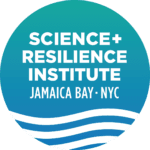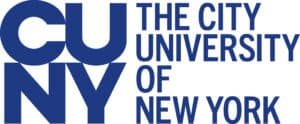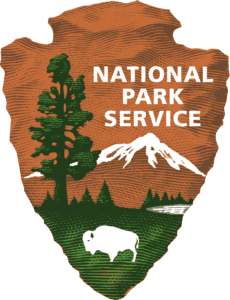(Article written by Carina Rodriguez, SRIJB Communications Intern and CUNY: Brooklyn College Student)
Last June, the Science and Resilience Institute awarded fellowships to Dylan Corbett (Stony Brook University), Bibi Calderaro (CUNY Graduate Center), Zachary Paganini (CUNY Graduate Center), and Jennifer Zhu (CUNY Graduate Center). Carina Rodriguez, our Communications Intern from the Undergraduate Interdisciplinary Communication Program at Brooklyn College recently caught up with the fellows and asked them to provide some highlights from their work over the past year. She reports the following.
Dylan Corbett worked on the Monitoring Natural and Nature-Based Shoreline Project, funded by NYSDOS and NYSERDA. He helped develop and pilot a monitoring framework for shorelines throughout New York that provides a means to collect data on coastal resilience services associated with different shoreline types. Dylan is motivated by the need to build coastal resilience around the state and is increasingly interested in how the restoration and/or creation of natural and nature-based shoreline features can play a role in coastal development in urban areas while also contributing to bioremediation efforts at brownfield sites. Traveling to sites throughout New York last summer with the SRIJB research team and collaborating with many great organizations were just a few fond memories. Dylan had the opportunity to collaborate with NYC Parks, Scape Architecture, NYSDOS, NY Sea Grant, Cornell Cooperative Extension, Arcadis, Brooklyn College, Stony Brook, and many others. “This project allowed me to meet a ton of people in the New York area with similar professional focuses and gave me the chance to get involved with many different aspects of our project,” says Dylan.
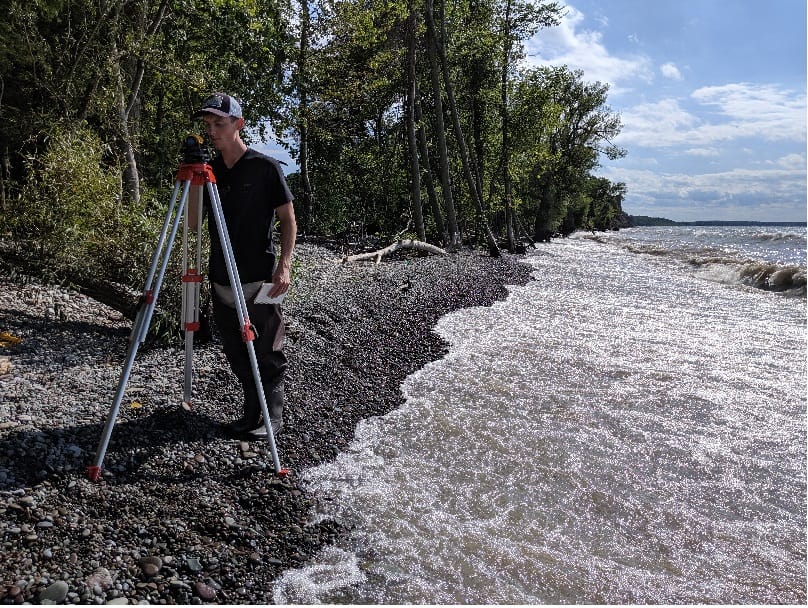
Bibi Calderaro, worked on a project titled the Hudson River Estuary and Urban Youth. This project stems from a recognition of the Jamaica Bay Watershed within the larger NY-NJ harbor estuary, and it invites the collaboration with community-based organizations, residents, and stakeholders to promote interaction, well-being, and health in the region. Ms. Calderaro credits her advisor Lindsay Campbell (USFS, SRIJB Research Council Co-Chair) as well as many others she has been introduced to throughout her work for her success. Ms. Calderaro goes on to say, “my advisor has been a great influence in the way I think about this project. As well and through her, I have partnered with Noelle Thurlow from Resilient Paddling Sports with whom I plan to do the pilot phase and hopefully subsequent phases of this project. As well, I have been granted a Mellon Foundation Public Humanities Fellowship to further the research and implementation of this project.” Understanding the interactions between humans and the natural surroundings and incorporating these processes into planning has piqued the interest of Ms.Calderaro since her fellowship began.
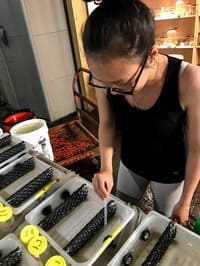
Zachary Paganini spent his fellowship collecting and analyzing historical data on property market trends (such as property values, tax arrears, volume and frequency of sales, and zoning changes and new development) to examine how changes to the National Flood Insurance Program (NFIP) impact social, financial, and environmental resilience in the Jamaica Bay neighborhoods of Gerritsen Beach, Howard Beach, Broad Channel, and Canarsie. Zachary said, “l am most intrigued and concerned by the possibility that the structure of the NFIP may encourage gentrification by systematically devaluing working class properties while enabling a wealthier population to rehabilitate property values through an investment in a resilient retrofit.” Zachary credits NYC residents and local community members for sharing their perspectives and issues on resilience in their community. Zachary goes on to say, “NYC residents are great about telling you what’s on their minds, but there’s so much happening in the world of resilience and adaptation that residents often have a lot of questions, so I love being able to be a resource for community members.” He highlights Beth Malone, an insurance counselor for Neighborhood Housing Services as an inspiration through her work ethic and dedication to the community. Zachary has been working with Beth for several years now and she has remained a valuable resource in terms of connecting him to residents and keeping him informed about the latest happenings in the community..
